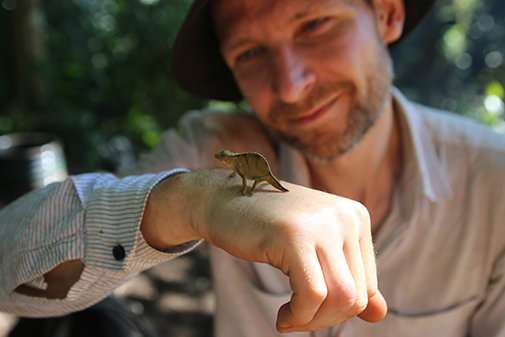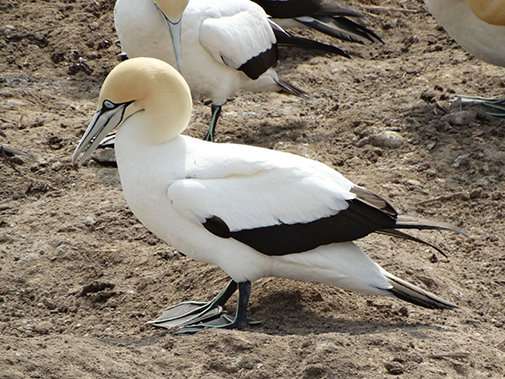Researchers address urgent need to identify species most threatened by climate change

An international team of scientists, including researchers from the University of York, have published a set of guidelines for how to assess which species are most vulnerable.
With the first documented extinction due to human-induced climate change, of the Bramble Cay mosaic-tailed rat, recorded in 2016, the paper has been published in response to the urgent need for reliable ways to measure the vulnerability of species in order to ensure conservation efforts are targeted and effective.
Threat
The study, from the International Union for the Conservation of Nature (IUCN), provides practical guidance to the scientific community on how to carry out rigorous assessments, which take into account the broad range of ways in which climate change may become a threat to species.
The known impacts on wildlife range from rising sea levels destroying habitats to shifts in the availability of food, as in the case of many seabirds.
The 18 authors of the review stress that scientists should identify the full range of pressures that plants, animals and fungi face from a changing climate when assessing their vulnerability.
Rare Species
The researchers say that climate change vulnerability assessments to date have tended to overlook species that are only found in limited areas, such as many sub-Saharan amphibians, and to underestimate risk for those declining in number or distribution. This is of particular concern as these rare species are at greatest risk of extinction, the authors warn.

Dr. Phil Platts, from the Department of Environment and Geography at the University of York and member of the IUCN Climate Change Specialist Group, said: "A common way to assess climate change vulnerability for species is to look across their known distributions, to understand the conditions where they thrive. But many of the rarest, most imperilled species, have small ranges or very few data points, making it difficult to predict their climate response.
"We outline practical ways to get around this problem, as well as offering more general guidance on assessing the threats and opportunities that climate change poses to all life on Earth."
More information: Wendy B. Foden et al. Climate change vulnerability assessment of species, Wiley Interdisciplinary Reviews: Climate Change (2018). DOI: 10.1002/wcc.551
Provided by University of York















